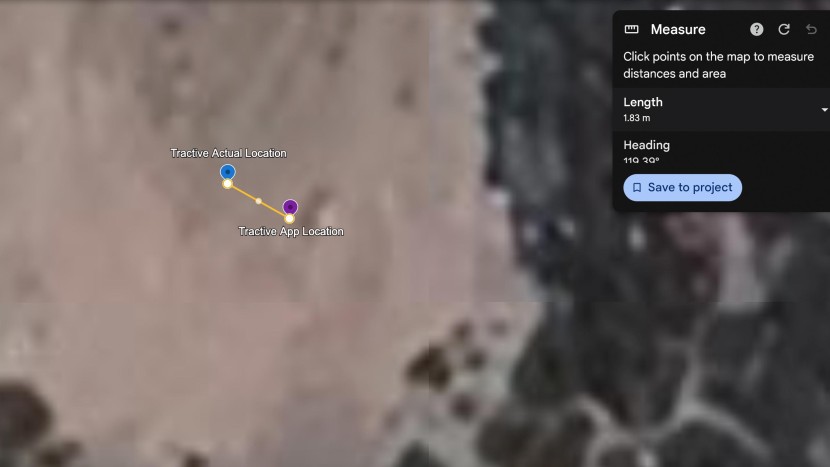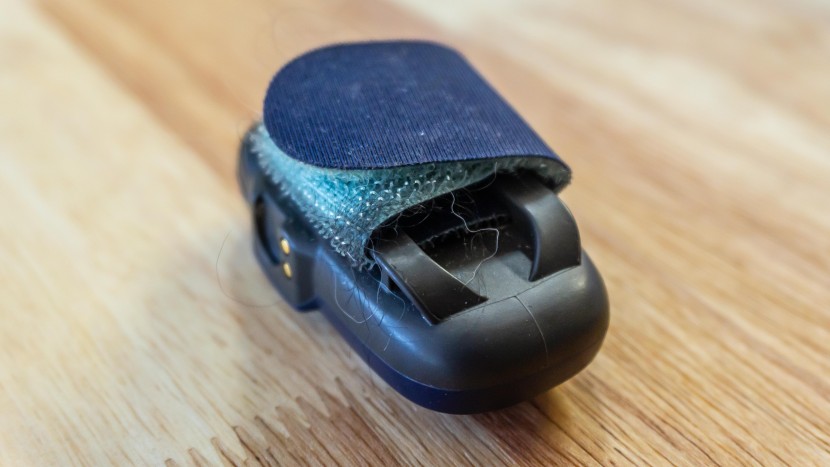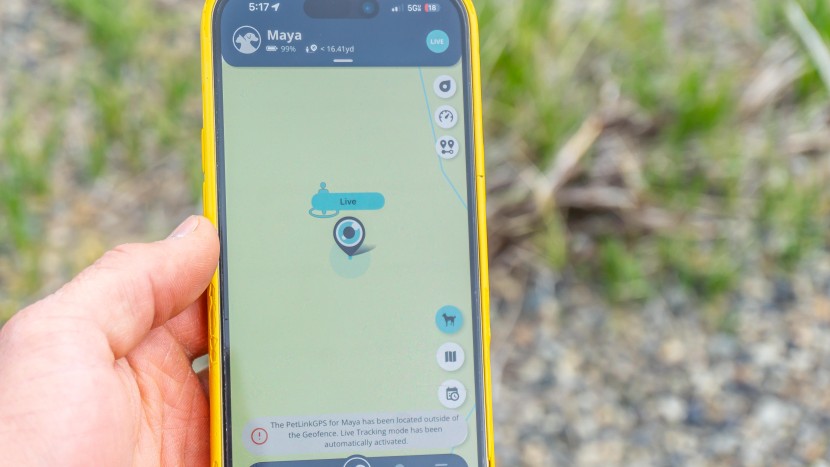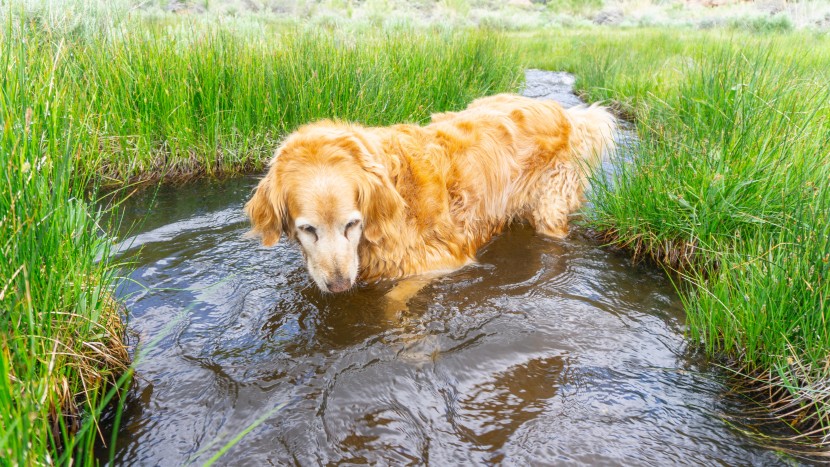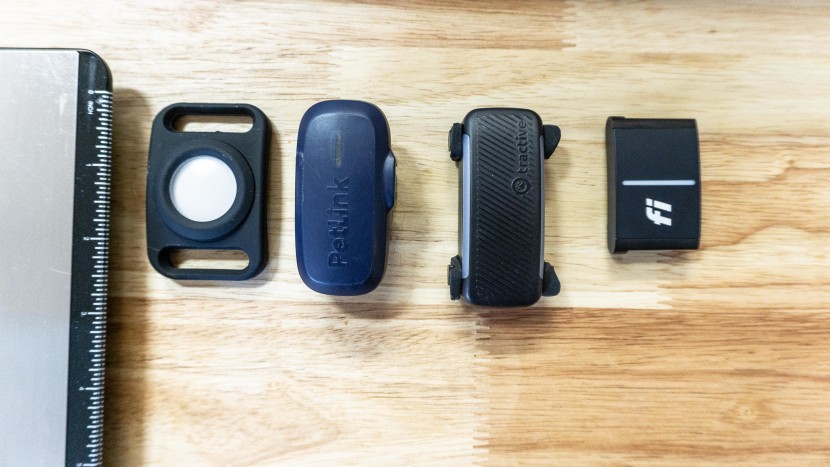Testing GPS dog collars was probably more enjoyable for our pups than for us, as our process included plenty of off-leash roaming and adventurous hikes. We put together a series of tests to evaluate and score across five metrics, including GPS reliability, features, ease of use, construction quality, and size.
GPS Reliability
Our highest weighted metric was GPS reliability. We took a look at how quickly we could locate each model, and then investigated how accurate that location was. We carried out a series of tests that involved defining a physical location, placing the device at that location, and then using the app to see how close the device was. We used satellite imagery tools to measure the distance between the real location and where the app thought the device was.
We also put these devices in backpacks and took them for hikes and bike rides along standardized tracks, comparing the accuracy of the track afterwards. Lastly, we took our dogs for leashed and off-leash adventures, perpetually checking the location of the collars and paying close attention to lag times. To further confirm our findings, we tag-teamed a test in which one person took the dogs for a walk while the other monitored their progress from home via the collar's app.
Features
We took a deep dive into each model's feature list and used them in real-world settings while walking and playing with our dogs. Many options include health tracking, so we left the devices on our dogs for days at a time until the battery died. Models that scored the highest in this metric offered a rich list of helpful and intuitive features.
Ease of Use
We kept detailed notes on the ease of use, recording the time needed to set up each option (outside of charging) and paying close attention to any app latency or dysfunction. We also noted any challenges we had attaching the unit to a collar.
Construction Quality
A dog collar device is bound to get soaking wet and pushed into rock, dirt, and sand at different points. This metric was perhaps the most fun to test, as we deliberately let our dogs get as muddy and wet as possible, and examined the performance before and after our messy hikes. We also looked at each model's dust and water ratings to give a final score.
Size
Size is pretty straightforward; we simply weighed and measured each device, including its attachment system. We score based on specs, but the right size tracker will depend on the size of your dog. While medium and large dogs are less likely to be bothered by a cumbersome tracker, pups on the smaller side might appreciate a more minimal design.

